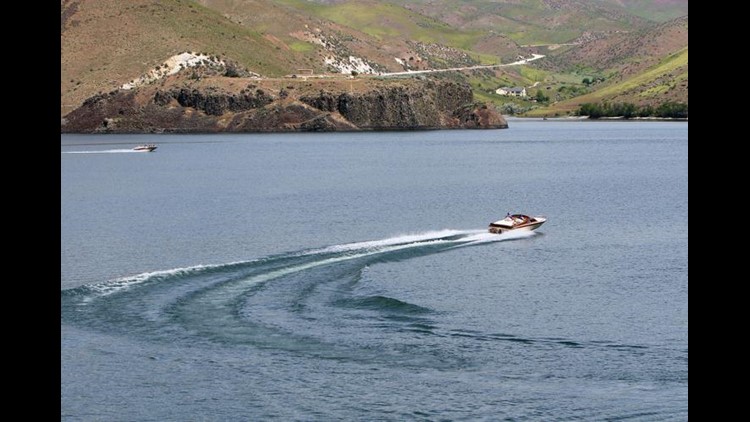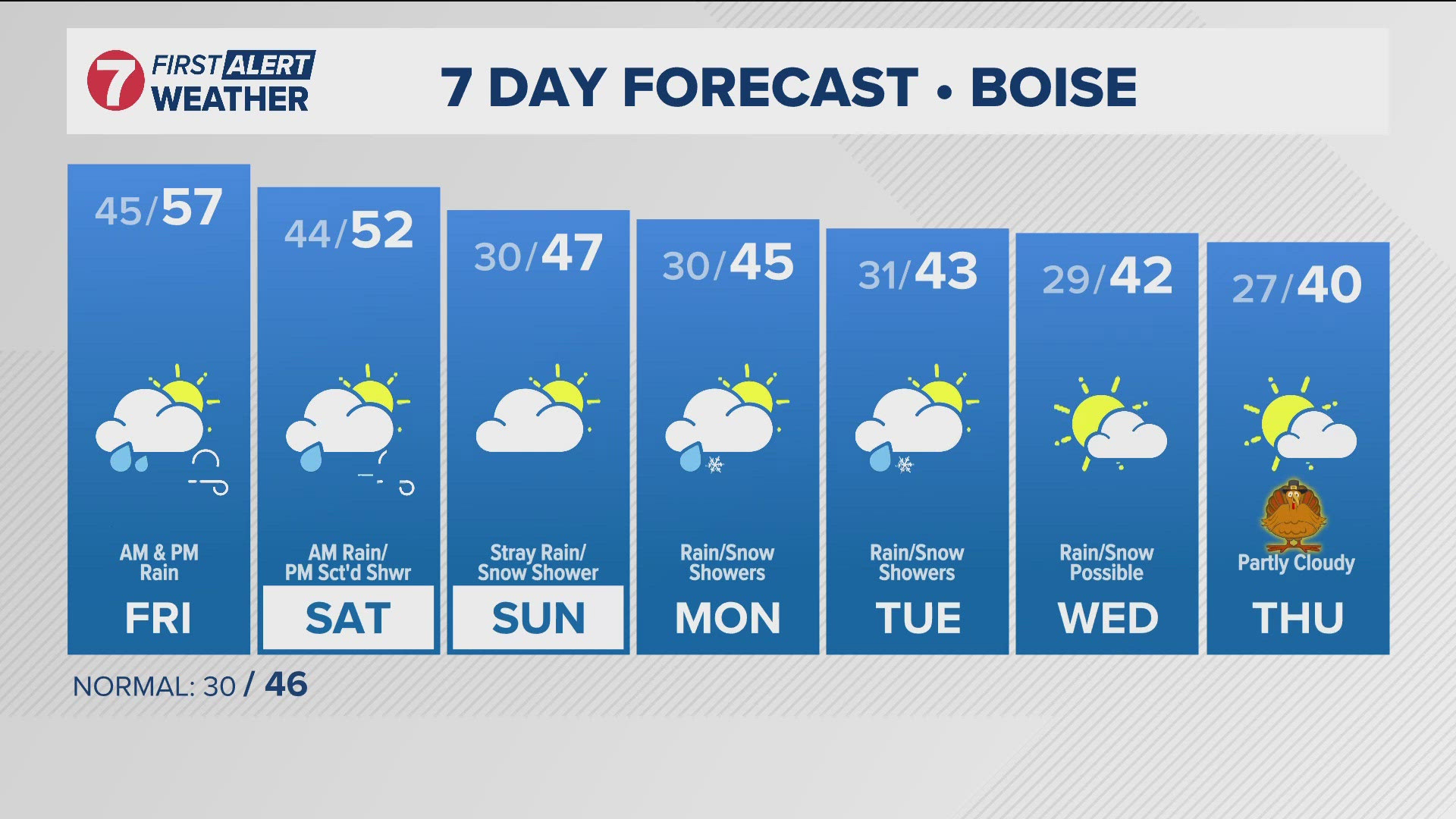BOISE, Idaho — This article originally appeared in the Idaho Press.
“If you don’t like the weather, just wait five minutes,” the saying goes about Idaho. As it would turn out, waiting a few weeks has changed the water outlook for reservoirs in the Boise River System as well as the Payette River System.
“We did fill Lucky Peak and Arrowrock (reservoirs); we began active flood control (operations) this morning at 8,” said Mike Meyers, water master for Water District 63, on June 13. Water District 63 takes direction from the Idaho Department of Water Resources. Flood control operations means releasing water from the reservoir to prevent downstream flooding.
“That was mostly due to some heavy rains we had over the weekend, which everybody I’m sure experienced,” Meyers said. “It rained on top of what little snow we had left up there and kind of melted it off,” allowing both Lucky Peak and Arrowrock, though not Anderson Ranch, to fill, he said.
As recently as late May, the Lucky Peak reservoir was predicted to fill to 70-75% capacity, leaving some boat ramps beached, as previously reported. At that point, officials predicted that precipitation from the wet, cold spring would extend the amount of time Lucky Peak would remain at its highest point before being drawn down due to irrigation demand. Additional rainy weather over the previous three weeks has resulted in the reservoirs actually filling to near capacity, with the plan to keep Lucky Peak at that level through late July, according to a press release from the U.S. Army Corps of Engineers.
The Boise Airport received 0.81 inches of rain as of 7 p.m. Sunday, and some areas saw over an inch of rain, according to the National Weather Service.
Last week, the U.S. Army Corps of Engineers was already planning to increase flows from Lucky Peak, according to a press release. Increasing flows in the Boise River would help move salmon smolts to the ocean, Meyers said.
With the influx of rain over the weekend, Meyers estimates that the reservoir will remain under flood operations for five to seven days, followed by additional “flow augmentation,” or releasing water from the reservoir, he said. How quickly water needs to be released will depend partly on what the weather does in the coming weeks, he said.
Meyers said he has heard criticism that the U.S. Army Corps of Engineers and the Bureau of Reclamation are wasting water through such management.
“I want to assure the public that the corps and the bureau are very good at what they do,” Meyers said. “And I can assure everybody that the operations that are being done right now are in the best interest of the water users and the Treasure Valley. And I can also assure you that no water wasting is going on,” he said, adding water levels are being controlled to allow reservoirs to “capture water as high as possible for as long as possible.”
Recreationists will get to enjoy a “normal” looking water year at Lucky Peak, with boat ramps fully in the water, Meyers said. He predicts draw-down will begin in late July.
The weather also bodes well for having a normal irrigation season, with water availability lasting through September, Meyers said, though he emphasized that where and when water is available depends on the decisions of irrigation districts and canal companies.
Meyers also addressed confusion over the how the state can still be considered in a drought, despite recent wet weather.
“A drought isn’t something that we can come out of in one year, typically,” he said. “We’re going on three years of pretty dry weather, and just because we’ve got a few pretty good rainstorms doesn’t mean we’re out of a drought.” He also noted that the eastern half of Idaho has not received as much rain as the Treasure Valley and surrounding areas in recent weeks.
Conservation on the part of water users is still key, he said. With a wet winter, hopefully the state will fully exit the drought, he said.
Cascade Reservoir, which officials were already predicting would fill, began flood operations last week, said Ryan Hedrick, Middle Snake water operations lead with the Bureau of Reclamation. When water needs to be released ahead of demand for irrigation, that is known as “flood risk management,” Hedrick said.
“We were predicting, when snowpacks were much lower, we were getting worried that we weren’t going to be able to fill the reservoirs, and then this spring created a new situation for us,” he said.
Overall, it has been a “very unusual” spring due to cool weather that produced less snowpack than usual, but still managed to fill reservoirs, he said.
Hedrick is predicting Cascade to begin decreasing in volume in July or August, an extension from the mid-June time frame predicted in May.
Watch more Local News:
See the latest news from around the Treasure Valley and the Gem State in our YouTube playlist:



